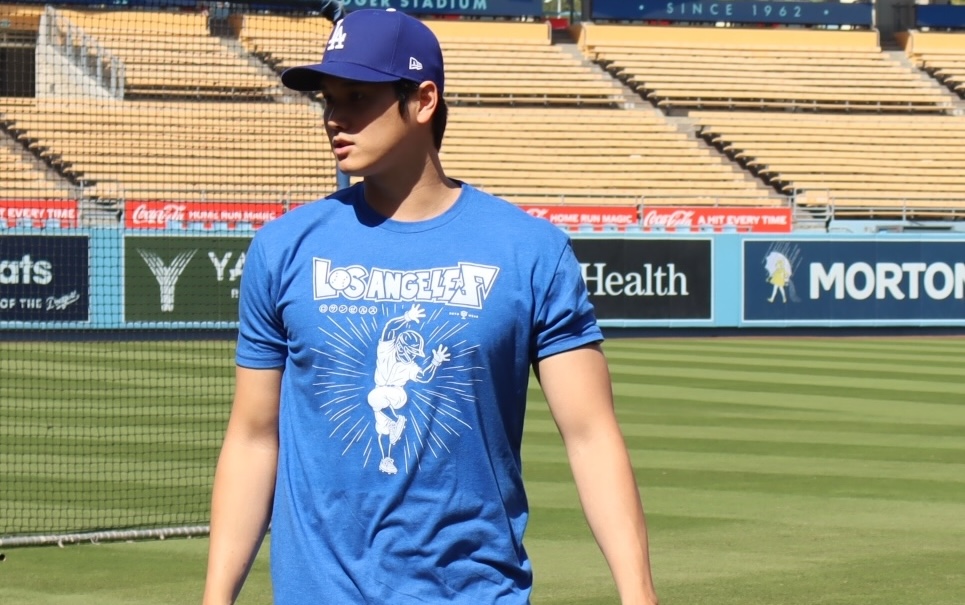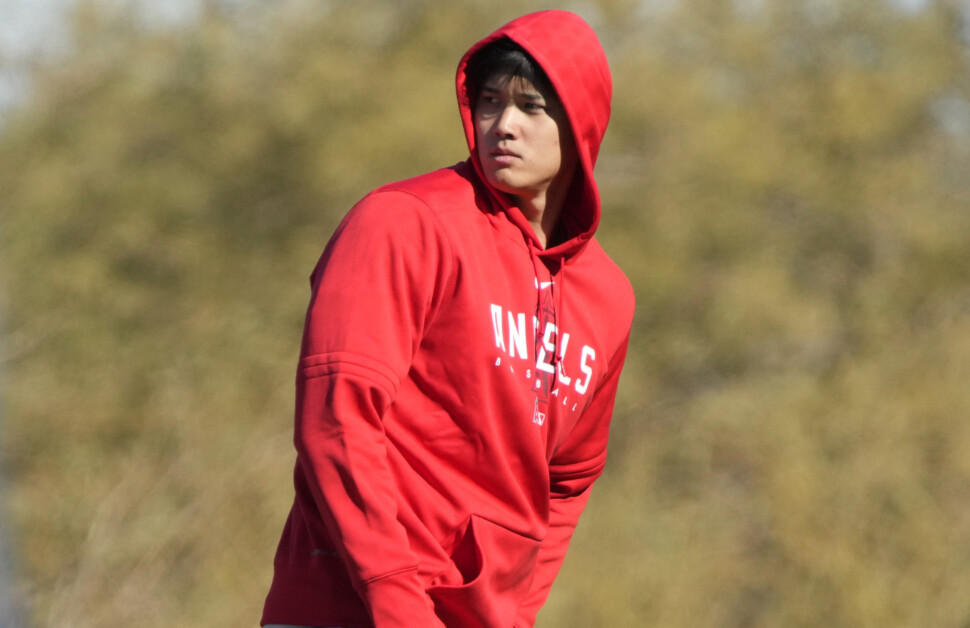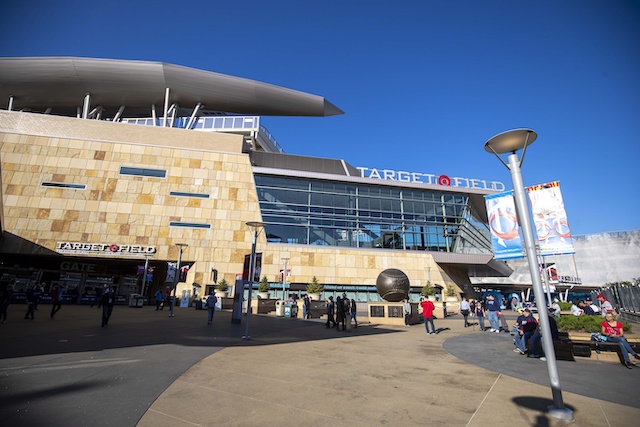After multiple seasons of filling a super utility role for the Los Angeles Dodgers, Kiké Hernandez was named the starting second baseman heading into 2019. He initially thrived in the role, but began to scuttle at the plate and was shifted back to playing multiple positions.
Even when Hernandez was considered the everyday second baseman, the Dodgers on occasion would utilize him to spell other regulars. Hernandez’s value increased when Chris Taylor suffered a non-displaced fracture in his left forearm after being hit by a pitch.
However, now Hernandez himself has been lost to a sprained left hand. He suffered the injury last week on a swing, and though he finished the at-bat, was removed before the start of the next inning.
X-rays on Hernandez’s left hand were negative but lingering pain prompted an MRI. The Dodgers have not released the results, but placed him on the 10-day IL on Monday.
According to Jorge Castillo of the L.A. Times, Hernandez could miss up to six weeks — which would take the season into September — because of the injury:
Although the Dodgers have been mysterious about Hernandez’s injury, he is expected to sit out two to six weeks, according to a person with knowledge of the situation.
While it was not until Monday that Hernandez was formally placed on the injured list, he was limited to playing the field and pinch-running throughout the series with the Washington Nationals over the weekend.
Some of the delay in the Dodgers officially moving Hernandez to the IL was related to not having a clear option to take his place. That changed Sunday night with their trade to acquire Kristopher Negrón from the Seattle Mariners. Negrón is expected to start Tuesday.
Hernandez’s IL stint was not backdated, which suggests the Dodgers aren’t necessarily anticipating a speedy return. Prior to the suffering the injury in the Freeway Series finale, Hernandez emerged from a prolonged slump and hit .365/.431/.596 with three doubles, three home runs, 11 RBI and six walks in 17 games (12 starts) during July.
“The main difference is he’s staying in the strike zone considerably more,” Roberts explained of the turnaround. “I think No. 1, staying in the strike zone and using the big part of the field has been the biggest difference.
“When you’re swinging early or getting behind, it’s tough to kind of work your way back into the count. He’s doing a much better job of that.”








